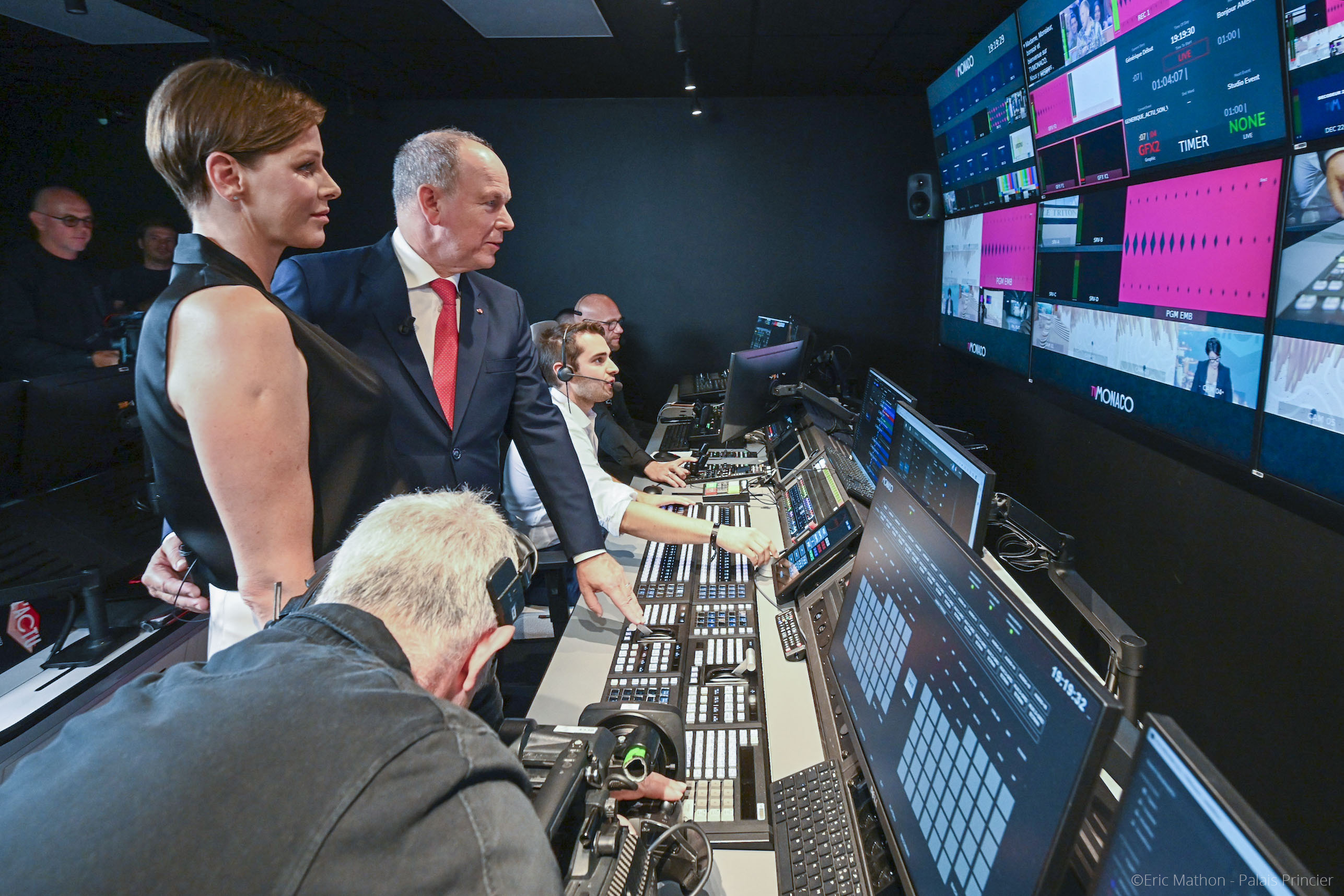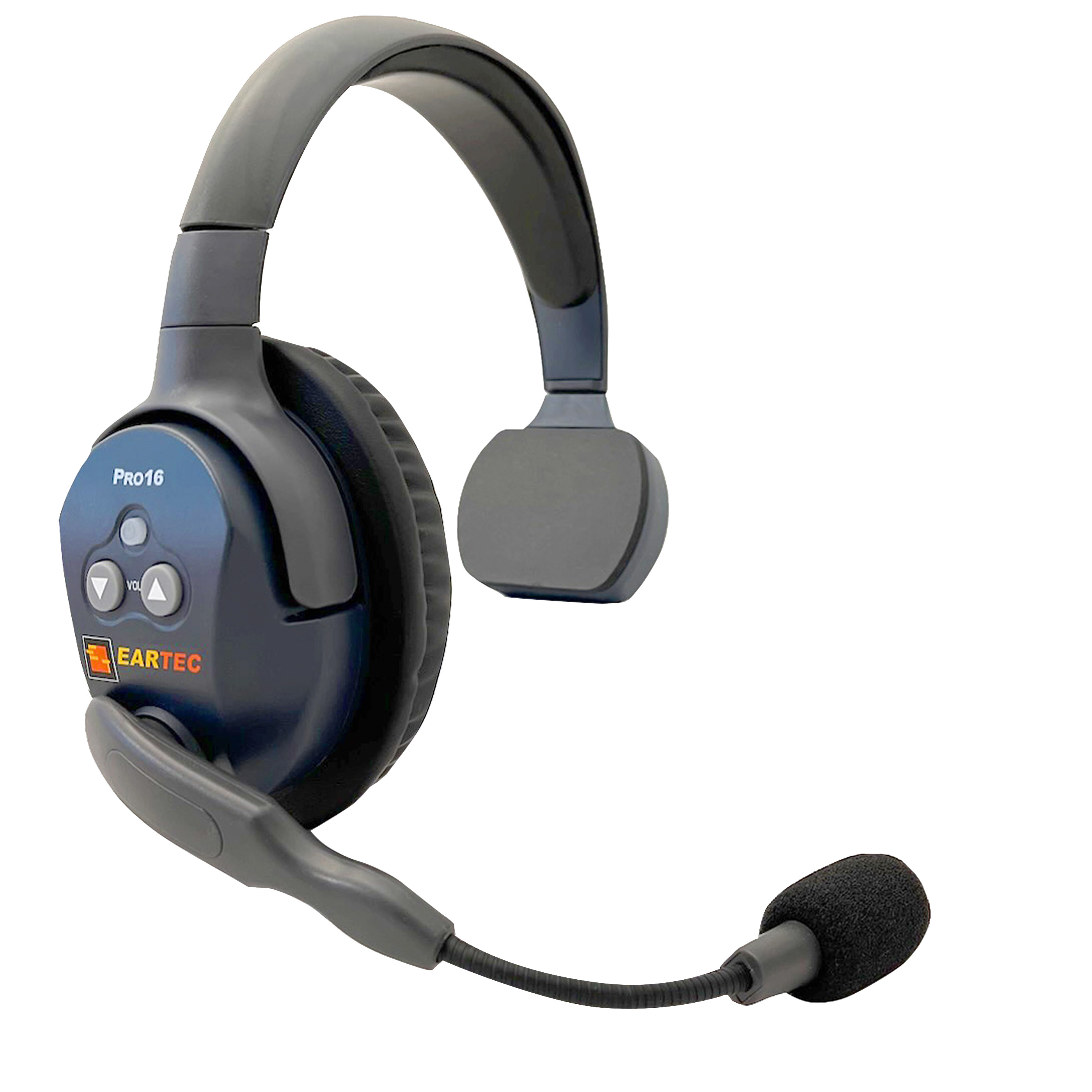
Broadcasting is all about communicating to and with the viewing audience. A big part of making this happen is the ability for production teams, technical crew and on-air talent to communicate with each other. Which is why intercom has always been a key technology, albeit one with fairly humble beginnings. But from relatively simple systems for studio communications, with facilities to talk to incoming sources, it has grown into both a continually developing technical area and a substantial business sector.
Part of this can be attributed to the expanding scale of TV production, not just bigger and more elaborate shows but also the ever growing use of remote access through IP networks and the cloud. This has seen REMI (REMote Integration) become a major consideration for intercom installations, although most manufacturers regard it as something that is already well-established in live production.
Smaller Crews
The difference today, says Dave MacKinnon, recently appointed vice president of product management at Clear-Com, is that whereas such a set-up would have been “very well planned out” 10 years ago, broadcasters are now working on a more “run and gun” basis.
“More productions are being done by either one person or a small production team,” explains MacKinnon, who came to Clear-Com after a career that began with the federal government and continued with 12 years at NBCUniversal. “And because of increased bandwidth and 5G, the production center doesn’t have to be in the city the show is coming out of. In the last few years the economics of broadcasting have changed dramatically, with many broadcasters wanting to spin up FAST channels to extend the value of what they are doing.”
As part of this, MacKinnon adds, “flexibility and interoperability” are the two main features broadcasters expect from modern intercom systems. Both these criteria are highlighted by John Hooper, president of Eartec, which produces a range of wireless headsets that can be connected to wired intercoms using the company’s digital interface module.

Eartec’s “plug and play solution includes software to balance the signals of the existing wired intercom and Eartec’s full duplex wireless transceivers to create a seamless audio link,” Hooper says. “We’re also seeing a growth in demand for long-range communication and offer [Eartec’s] Global Connect system for wireless communication over IP. This is linked to a computer or even a smartphone and allows mobile wireless users to communicate in full duplex through the internet.”
Eartec recently announced the availability of its new UltraLITE PRO16, a full duplex wireless headset aimed at larger crew sizes.
REMI Workflows
Rick Seegull, senior vice president of technology and business development at Riedel Communications, adds scalability and reliability to the list of requirements along with flexibility and interoperability. “Of course, there is a major IP component to provide for these features and most are converging to a SMPTE ST 2110-based system so they can easily share resources and sources—for everything, not just intercom—without creating technology islands,” he says.
REMI workflows have been at the forefront of broadcaster’s needs in live location work for several years, Seegull adds.
“This has escalated exponentially since 2020 and now become a standard component for live events, as is At-Home production allowing operators not only to be in the broadcast control room as opposed to on-site but now even being at home whenever the need arises,” he says. “Scalable intercom systems over WAN via VoIP [voice over IP] connectivity or even uncompressed, extreme low latency connections with panels linked anywhere in the world, which allows operators to use the same components they would in the broadcast truck at the venue only back at the main control room or even at home.”
Increasing Interest in Cloud Connectivity
As for the cloud, Seegull comments that it is “definitely being discussed” and used more when it comes to intercoms. This growing interest in virtualized and de-centralized hosting for intercom operations is confirmed by Martin Dyster, vice president of business development at Telos Alliance, which has been a leading proponent of cloud-based communications in recent years.

“We’ve seen a lot of growth and increased interest in this area,” he says. “It’s not necessarily because people are getting into cloud production per se or building entire systems around cloud-based audio and video technology, although those customers exist. People recognize the benefits of a virtualized comms system in being able to deploy an intercom panel at the drop of a hat to anybody anywhere in the world without the overhead of boxing up a piece of hardware, shipping it round it world and relying on someone to hook it up remotely.”
Telos has “worked closely” with the Media and Entertainment team at AWS to determine “best practices” for larger cloud workflows, according to Dyster. “We’ve also worked with technology partners to get over some of the hurdles of moving multicasts between elastic cloud computing instances [a virtual server or computing environment], which, up until now, has been very difficult to do. The partnership with AWS is very positive and they chose us as the comms partner for its delivery of the NAB Show LIVE broadcasts.”
As Michael Brown, business development manager at RTS, observes, one of the first questions asked when people discuss the cloud is: “Whose cloud?” The options are, he says, hardware on-premises or bringing in a third party to oversee the connections set-up. “Other questions that must be answered include “who is responsible for reliable connectivity and who is liable if there are missed commercial inserts when an automated update to another network occurs?’” he muses. “As well as answering these questions, the technology must be proven before a totally cloud-based comms systems is deployed on a high profile, high value production.”
Brown envisions a hybrid design, with a hardware backbone and cloud connectivity “as an adjunct and secondary usage for non-critical communications.”
People recognize the benefits of a virtualized comms system in being able to deploy an intercom panel at the drop of a hat to anybody anywhere in the world without the overhead of boxing up a piece of hardware, shipping it round it world and relying on someone to hook it up remotely."
Martin Dyster, Telos Alliance
Gary Rosen, vice president of global sales for wireless intercom developer Pliant Technologies, calls cloud-based intercom products “a great enhancement to an existing infrastructure” but is not convinced it will become the dominant technology for communications, at least in the short-term. “With so many factors needed to make cloud devices work external to the venue, and given the reliability of on-site systems, I don’t believe current systems will be replaced with cloud-based intercom in the near future.”
Options for cloud operations, Rosen adds, include dedicated and hosted servers, which are either in-house or provided by the likes of AWS and Google. AEQ has taken a different approach to most broadcast manufacturers by offering a dedicated cloud service that was created for the company’s systems.
“We manage it and is our own cloud, providing support to our intercom systems with full back-up and no other material on it,” explains sales director Gustavo Robles. “The cloud is very popular because it offers the possibility to interconnect remote locations in a very easy way. But there are still big projects for big customers that demand a traditional, robust, mega-redundant central matrix with dedicated hardware.”
Despite this, Robles acknowledges, requirements are changing, with users deploying what suits the productions, including utilizing smartphones or wearables as wireless beltpacks. The shifting nature of intercom is also shown by Riedel connecting analog microphones to a Bolero wireless intercom beltpack for interview work; and Telos’s prototype combined comms and commentary software panel, which can be controlled either by a touch screen or a hardware box such as the new Elgato Stream Deck Neo.
Which shows that in many ways broadcast intercom is the same as it has always been but is also evolving as new technologies appear to meet broadcaster’s needs.







